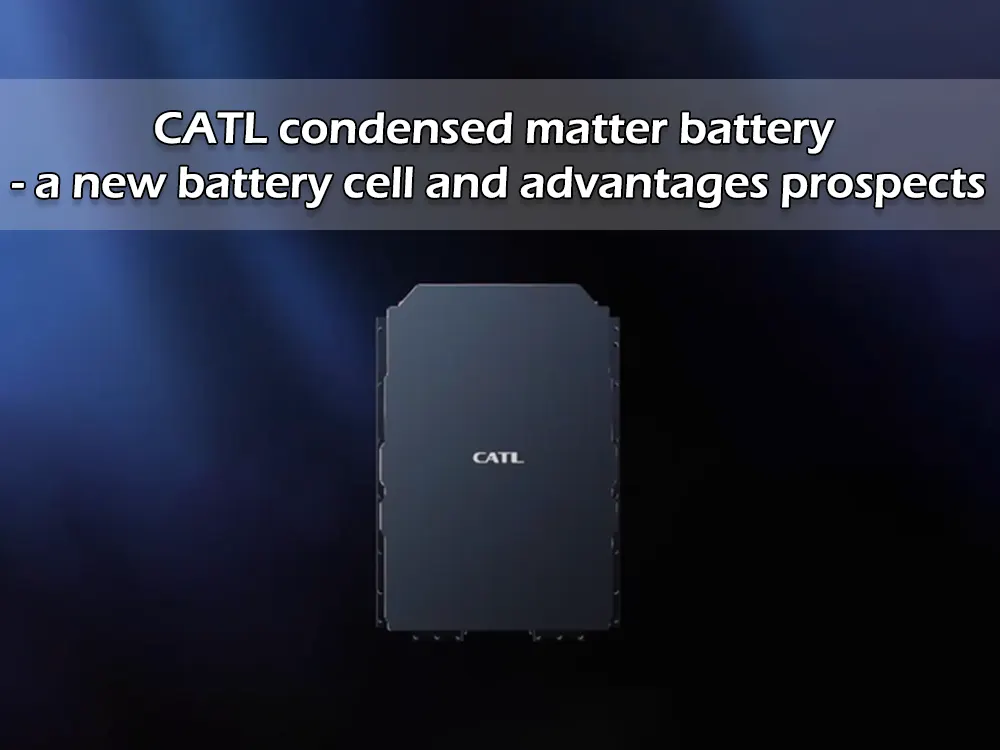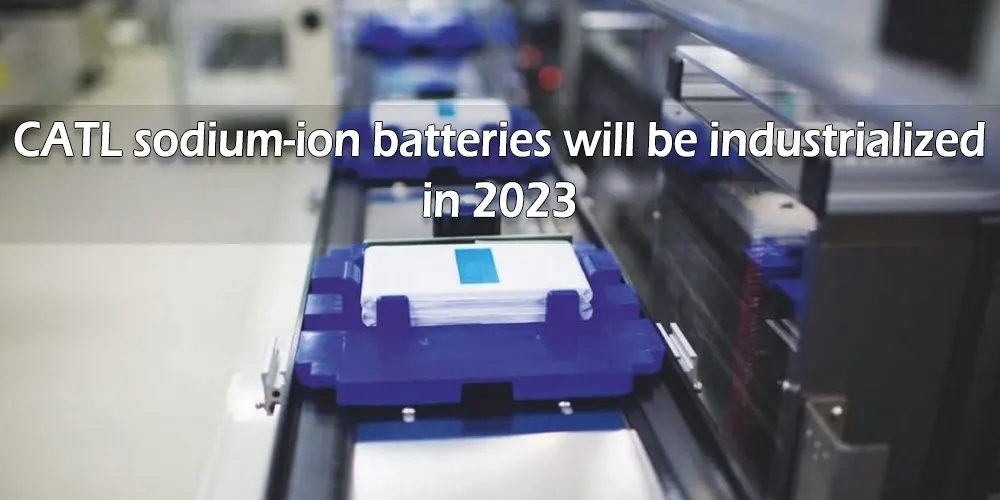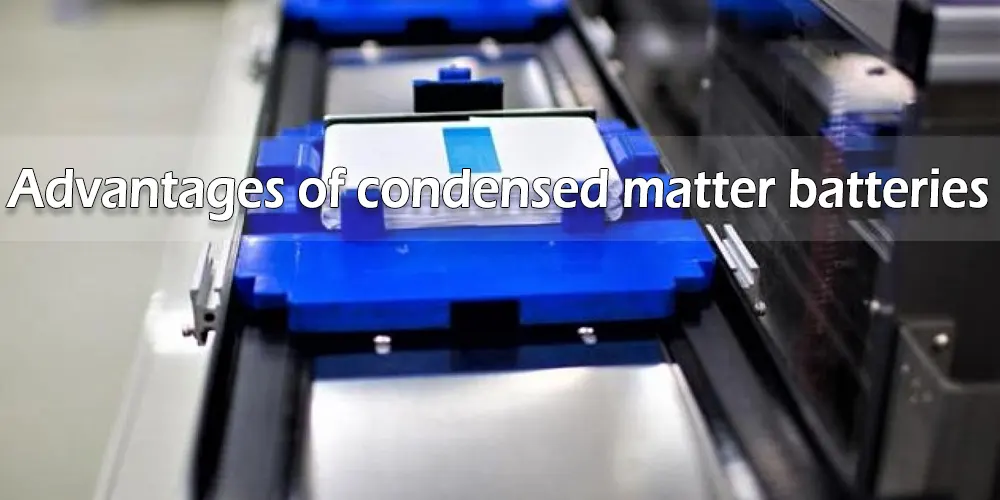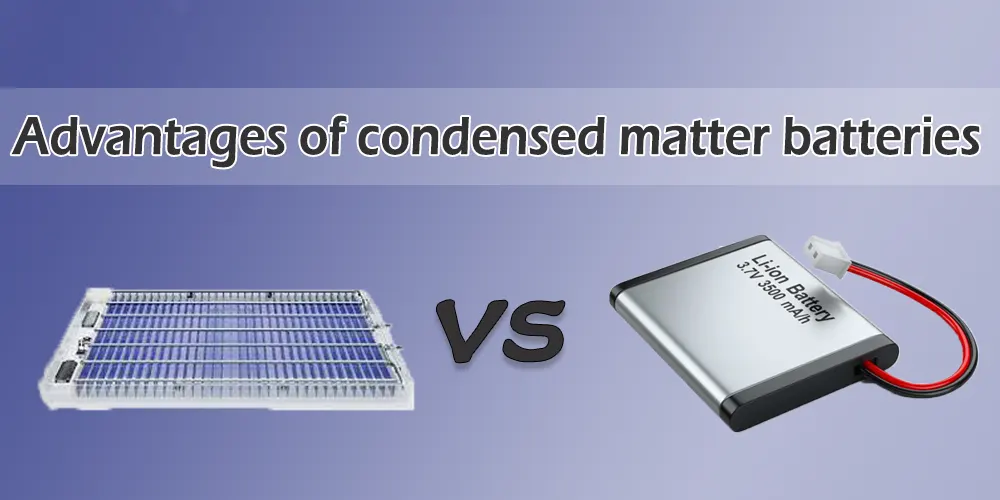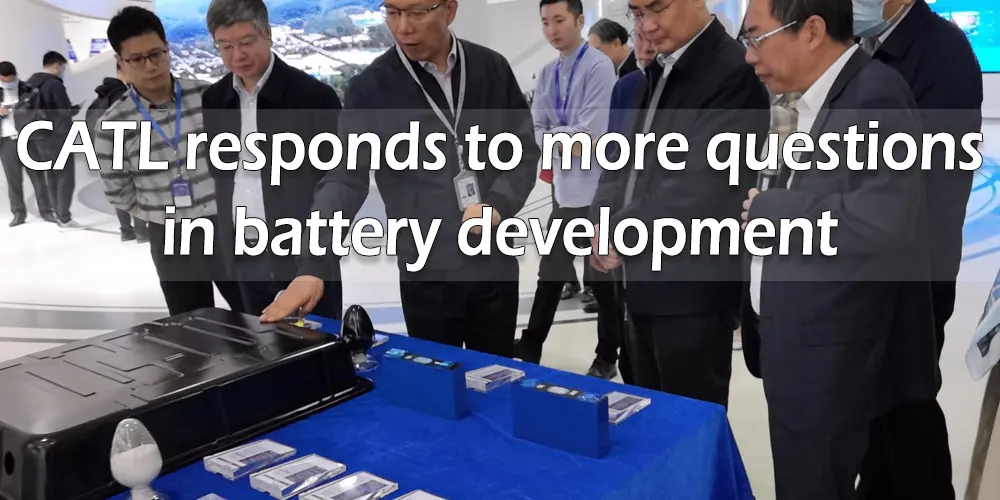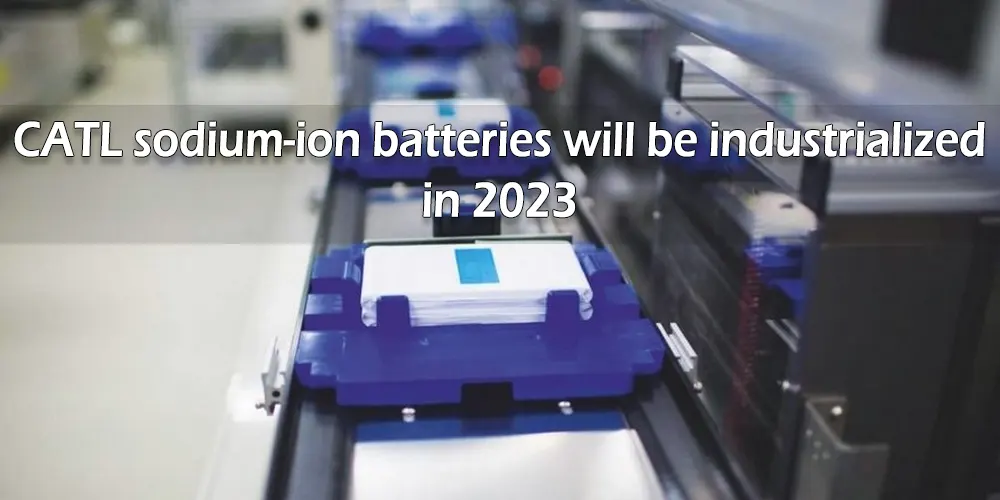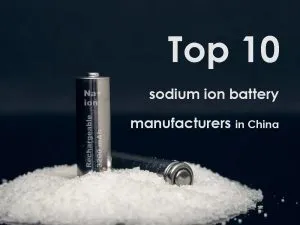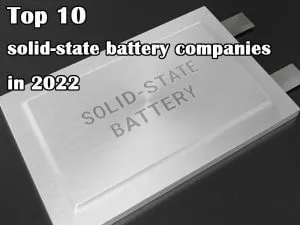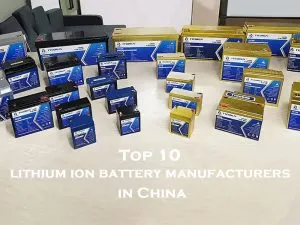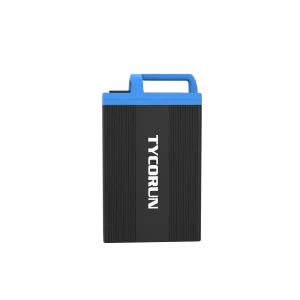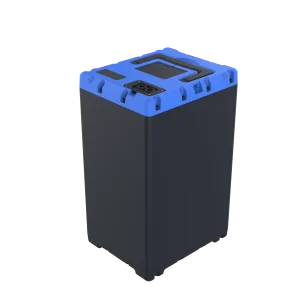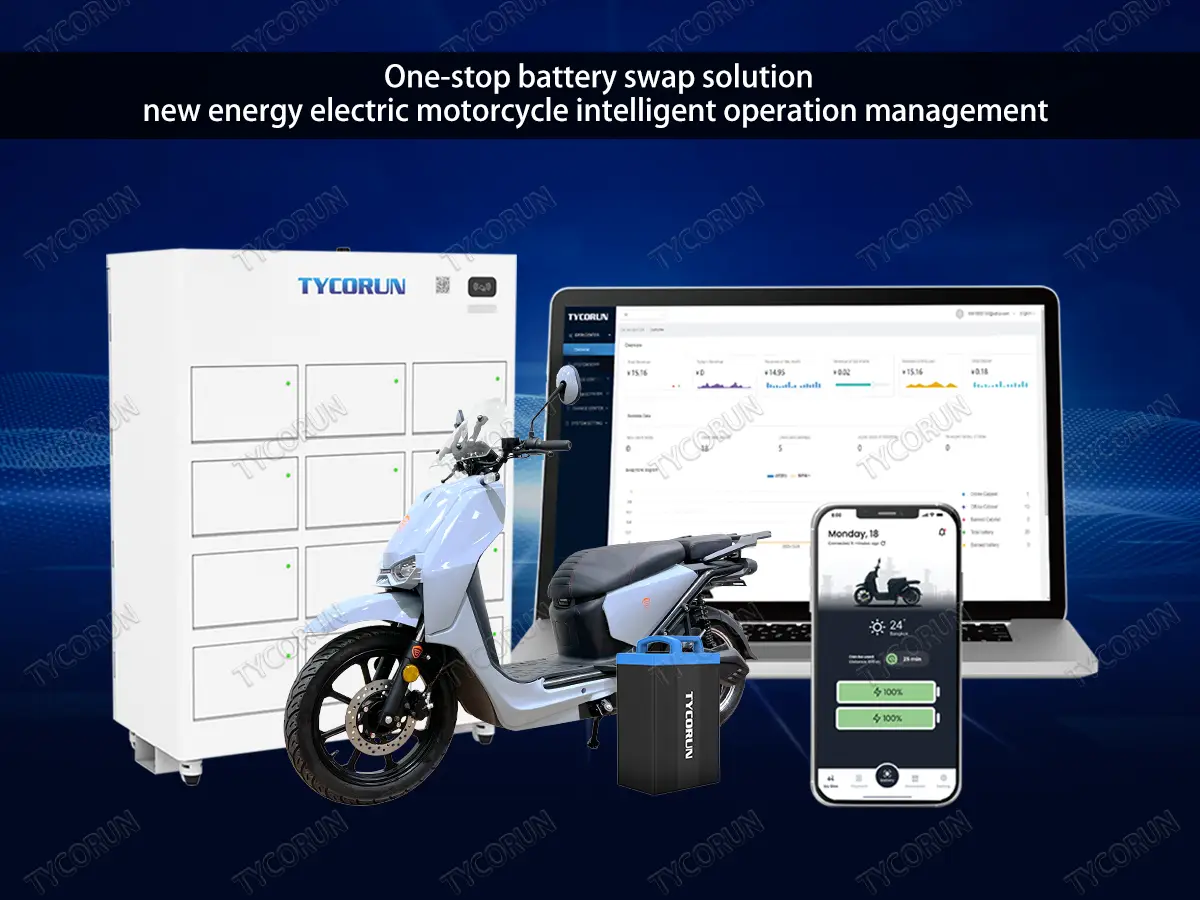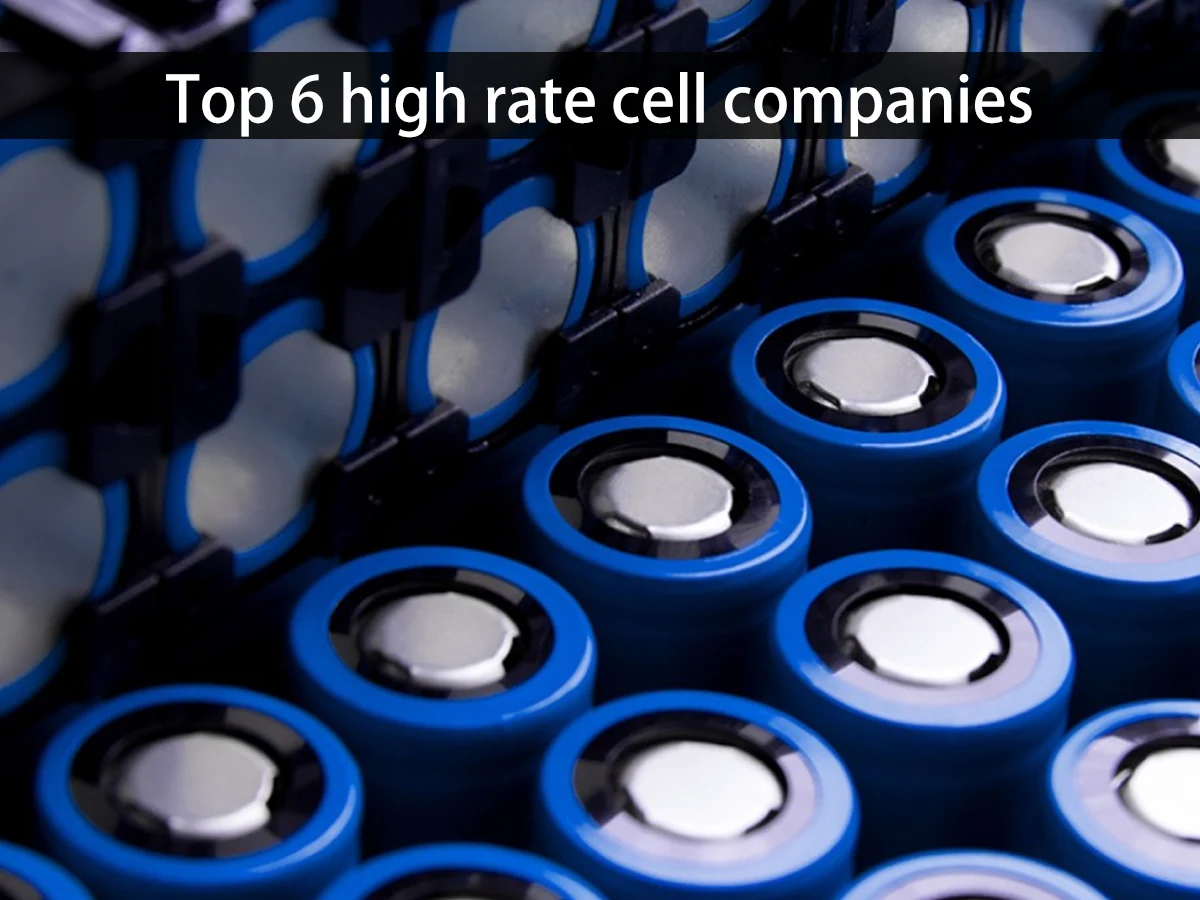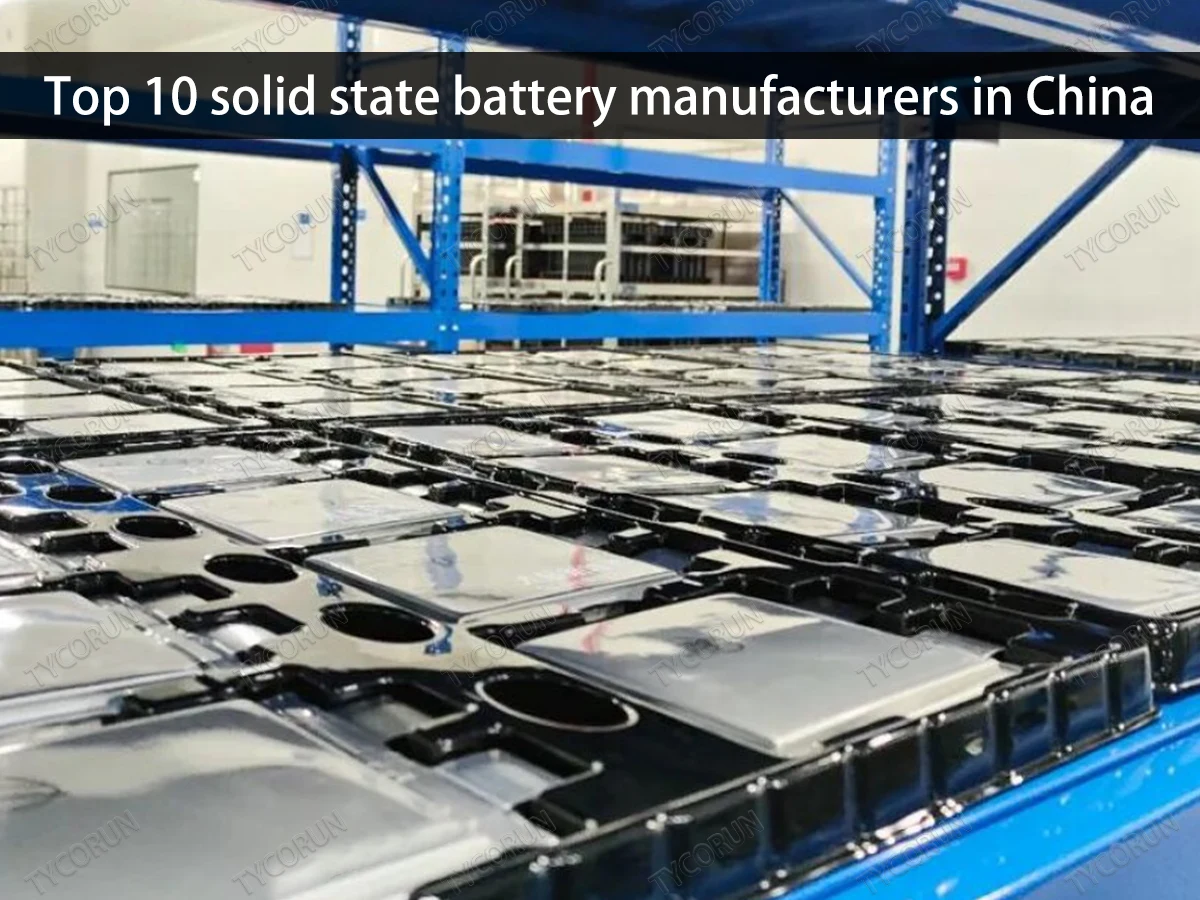CATL condensed matter battery - a new battery cell and advantages prospects

CATL to launch condensed matter batteries in 2023
According to the data, condensed matter refers to a system composed of a large number of particles with strong interactions between them. There are various condensed matter in nature. Superfluid state at low temperature, superconducting state, Bose-Einstein condensed state, ferromagnetic state in magnetic medium, antiferromagnetic state, etc., are all condensed states.
Some experts said that the core of condensed matter batteries is to achieve superfluidity, superconductivity, stability, and superior conductivity. Simply put, the battery is more stable, has a larger capacity, and has faster conduction efficiency. The important material to realize the condensed matter battery is graphene.
According to industry insiders, the current condensed matter battery may also be a type of semi solid battery. It is a condensed state electrolyte with liquid components in it, which has strong adhesion without flow. The semi solid battery is the transition route from the traditional liquid lithium ion battery to the solid state battery, and it is also a necessary route.
On August 28, 2022, at the World New Energy Vehicle Conference, the chief scientist of CATL stated that CATL plans to launch a new generation of battery cells in 2023: condensed matter batteries.
Advantages of condensed matter batteries
In front of condensed matter is NP2.0, in fact, NP2.0 technology is CATL’s second generation battery safety technology. According to experts, NP2.0 technology adopts “high voltage and smoke active isolation technology”, which is compatible with different battery chemical systems, and has greatly improved safety compared with the previous generation technology. That is to say, NP2.0 technology is added to the already safe condensed matter battery, which greatly improves the safety performance of the battery.
One of the main advantages of condensed matter batteries is their high energy density. Condensed matter batteries can store more energy per unit volume or weight than conventional lithium ion batteries, making them ideal for electric vehicles that require high energy storage capabilities. According to CATL, the energy density of the new battery exceeds 500Wh/kg, which is significantly higher than the energy density of conventional lithium ion batteries.
Another advantage of condensed matter batteries is their ability to charge quickly. They charge much faster than traditional lithium ion batteries using battery charger, which typically take several hours to fully charge. Condensed matter batteries can be charged in minutes, making them ideal for electric vehicles and consumer electronics that require fast charging.
The market believes that once CATL’s condensed matter battery is launched, the potential impact on the battery market could be huge. If commercialized on a large scale, condensed matter batteries could revolutionize the electric vehicle industry and other applications requiring high energy storage and fast charging. CATL could also reduce the cost and environmental impact of battery production by using fewer rare earth metals and other expensive materials.
CATL responds to more questions in battery development
The imminent launch of condensed matter batteries is just one of those problems. CATL has responded to numerous battery concerns.
In terms of production capacity and capacity utilization rate, CATL stated that the company’s annual production capacity in 2022 will be 390GWh, and the capacity utilization rate will be 83.4%. The company has been building capacity based on market demand.
At the same time, the company also further develops overseas production capacity layout, realizes mass production of lithium battery modules and batteries, and enhances local production and supply capabilities to European customers. In addition, the company announced the construction of its second European factory in Hungary to further improve its global strategic layout and help accelerate Europe’s electrification and energy transition.
In terms of large cylindrical batteries, CATL said, “Kirin batteries that have been mass produced far exceed the 4680 and other large cylindrical batteries of other Chinese battery companies in terms of energy density, safety performance, fast charging performance, and cycle life. This is one of the company’s main directions. At the same time, in response to the special application requirements of individual customers, the company has successfully developed 4680, 4695 and other large cylindrical batteries.
In terms of energy storage, CATL said that according to SNE Research, the global market share of energy storage battery system shipments will reach 43.4% in 2022, an increase of 5.1 percentage points from the same period last year, ranking first in the world for two consecutive years.
In addition, CATL sodium ion batteries will be industrialized in 2023, and will continue to upgrade product performance. The first generation sodium-ion battery released by the company can be used in various transportation electrification scenarios (including motorcycle battery), especially in alpine regions, and can flexibly adapt to the application requirements of all scenarios in the energy storage field.
At the same time, the company develops AB battery system solutions, mixing sodium ions and lithium ions, which not only makes up for the short board of energy density of sodium ion batteries at the current stage, but also gives full play to its advantages of high power and low temperature performance, and expands more application scenarios.
Conclusion
It is difficult for solid state batteries to form products with technical feasibility and market competitiveness. For example, certain technologies such as graphene batteries that the market has been looking forward to in the past few years have not yet been truly implemented. Compared with all solid state batteries, CATL’s condensed matter batteries can achieve mass production faster, and achieve both high specific energy and high safety.

